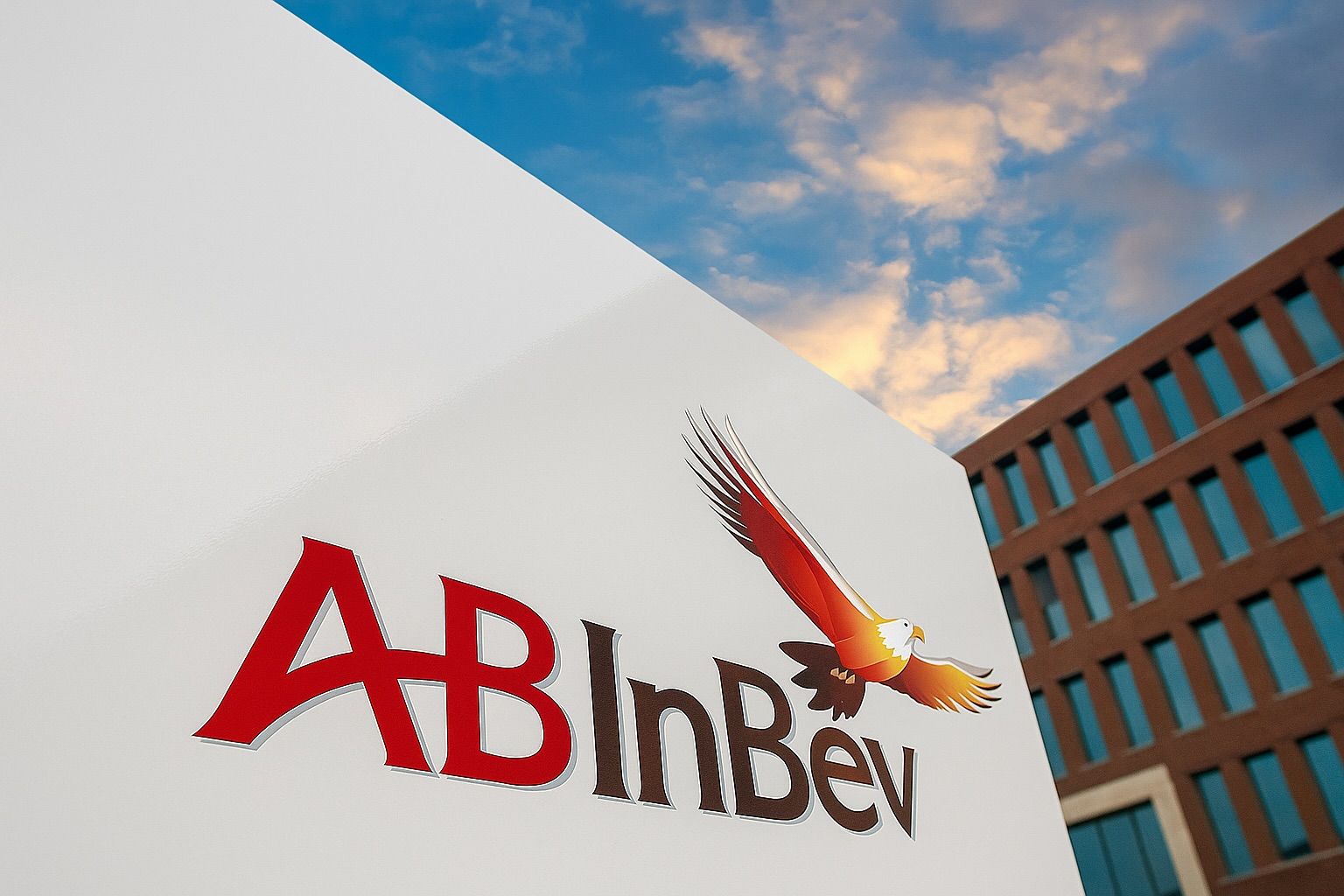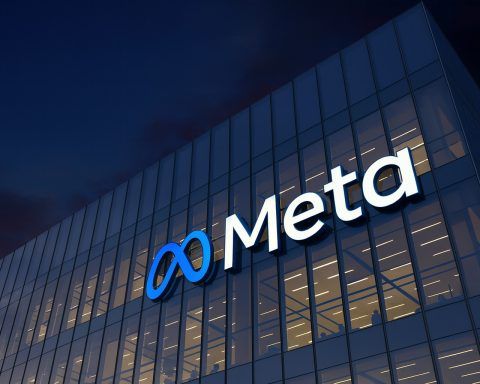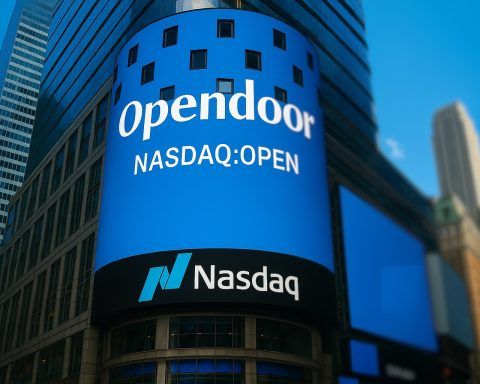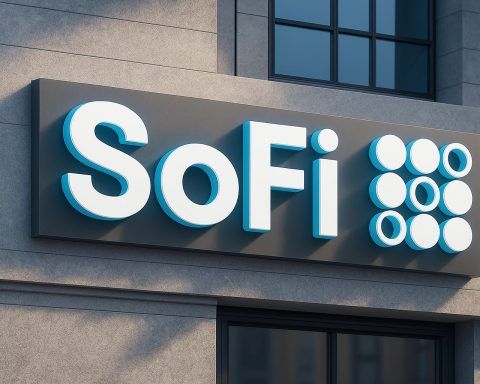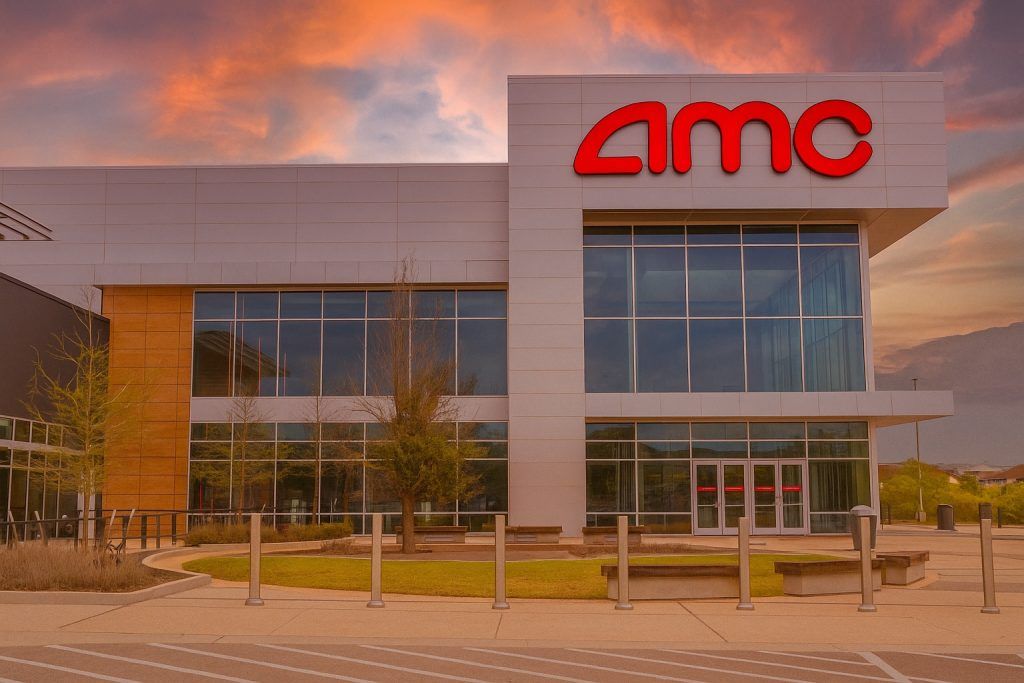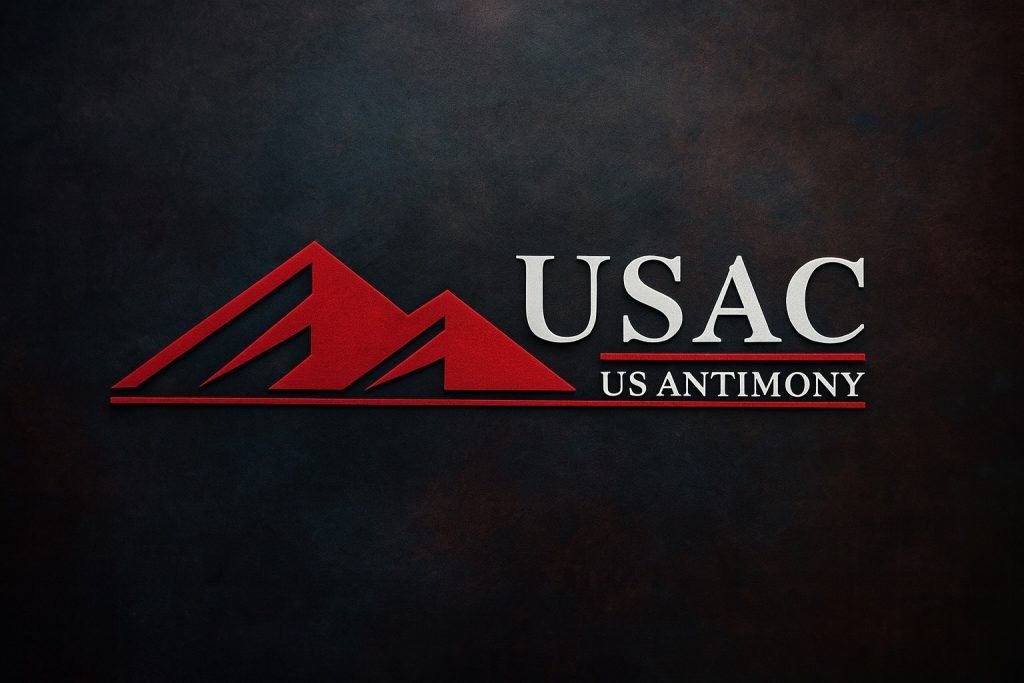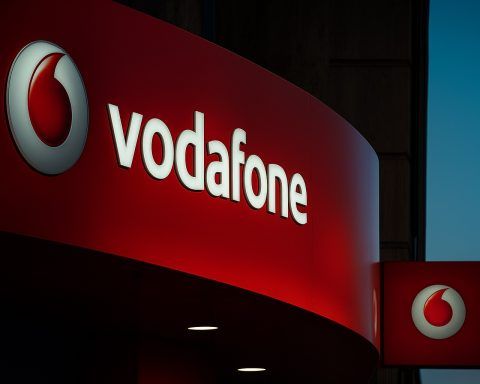Updated: November 11, 2025
Tickers: NYSE: BUD · Euronext Brussels: ABI
Key points
- Morgan Stanley cut its BUD 12‑month price target to $79 (from $81.50) and kept Overweight, citing softer volume assumptions into 2026 while still modeling mid‑single‑digit EBITDA growth. ( [1])
- AB InBev disclosed the first week of purchases under its new two‑year $6 billion buyback: 1,150,019 shares for €62.0 million at an average €53.9204 between Nov. 3–7. (MarketScreener)
- Street stance remains constructive: DZ Bank reiterated Buy on Nov. 8; MarketBeat still shows a Moderate Buyconsensus with an average target around the low‑$70s. ( [2], MarketBeat — price targets)
- Valuation is in focus: Simply Wall St argues BUD/ABI looks undervalued even after a recent 8.6% monthly rise, while a Seeking Alpha piece today says upside remains limited despite resilient fundamentals. ( [3], Simply Wall St, [4])
What changed today
Morgan Stanley trims but stays bullish. In a Tuesday note, Morgan Stanley reduced its AB InBev price target to $79while maintaining Overweight. The team cut organic volume expectations for FY25 and grew more cautious for early 2026, but nudged FY25 organic EBITDA growth a touch higher after Q3. Higher finance costs (including BRL hedging) and lower volumes drive the model changes; even so, the bank said its EPS forecasts remain above Visible Alpha consensus. ( [5])
Share buyback momentum. After unveiling a $6bn program alongside Q3 results in late October, AB InBev reported its first full week of purchases: 1,150,019 shares bought on Euronext Brussels for €62,009,480.70 (average €53.9204) during Nov. 3–7. That’s roughly 0.06% of shares outstanding retired so far. (MarketScreener)
The analyst mosaic: supportive, but selective
- DZ Bank: Buy. Over the weekend (Nov. 8), DZ Bank reiterated Buy, underscoring post‑Q3 profitability despite mixed volumes. ( [6])
- Consensus: Moderate Buy. Across the tracked brokers, BUD’s average 12‑month target sits in the low‑$70s. (MarketBeat price targets)
Takeaway: Today’s Morgan Stanley move refines rather than reverses the constructive case—leaning on profit resilienceand the buyback while acknowledging volume pressure in key markets.
Valuation watch: two credible, different reads
- Undervalued case. In a Nov. 6 update syndicated on Yahoo Finance, Simply Wall St argued ABI looked undervalued even after a +8.6% monthly move, citing a fair‑value estimate near €69 versus a price in the mid‑€50s. ( [7], Simply Wall St original)
- Cautious case. Published this morning (Nov. 11), a Seeking Alpha analysis argues that while operations look resilient, near‑term upside is insufficient at current levels. ( [8])
Why it matters: With a sizable, steady cash‑return program now live and mixed traffic/volume trends, fair value hinges on how quickly AB InBev can translate premiumization and cost discipline into sustained EPS growth—especially in Brazil and China, where 2025 demand has been choppy.
Earnings context: solid margins, mixed volumes
On Oct. 30, AB InBev reported Q3 2025 revenue +0.9%, revenue per hectoliter +4.8%, and EBITDA +3.3% with margin expansion. Management announced the $6bn buyback and an interim dividend alongside the print. Coverage emphasized a profit beat despite softer volumes. (Business Wire — Q3 2025, Reuters)
What to watch next
- Buyback cadence. Weekly disclosures will show how quickly the $6bn program retires shares and whether management leans in more aggressively on weakness. (MarketScreener)
- Volume trendlines into 2026. The Morgan Stanley update puts a spotlight on organic volume in early 2026; sustained premiumization must offset any further softness. ( [9])
- Sell‑side drift. With DZ Bank positive and consensus near the low‑$70s, any target changes or guidance updatescould move the stock into year‑end. (MarketBeat)
Bottom line
Nov. 11, 2025 brought incremental—not existential—changes to the AB InBev story: a Morgan Stanley trim, early buyback progress, and divergent valuation takes. The bull case still leans on cash returns + pricing power; the cautious case highlights volume headwinds and a less generous multiple. If margin discipline and premiumizationpersist, the buyback may provide a floor—if volumes weaken further, the path to multiple expansion gets longer.
Sources: Investing.com; MarketScreener; MarketBeat; Yahoo/Simply Wall St; Seeking Alpha; Business Wire; Reuters.
This article is for informational purposes only and is not investment advice.
References
1. Investing.com, 2. www.marketbeat.com, 3. finance.yahoo.com, 4. seekingalpha.com, 5. Investing.com, 6. www.marketbeat.com, 7. finance.yahoo.com, 8. seekingalpha.com, 9. Investing.com
